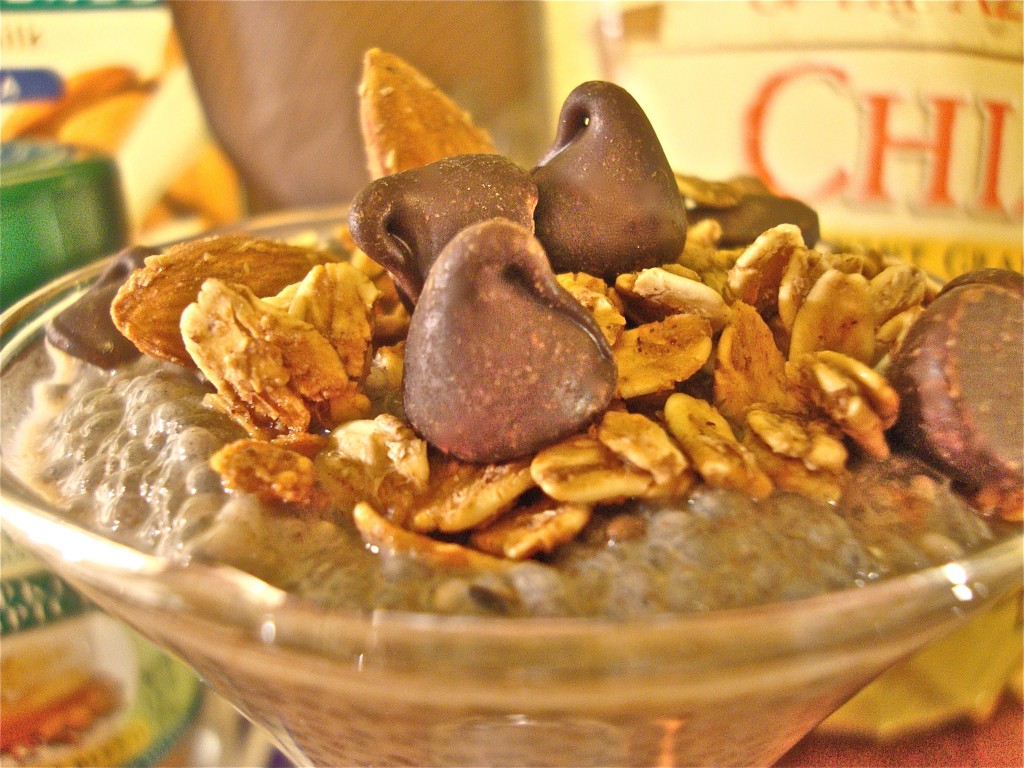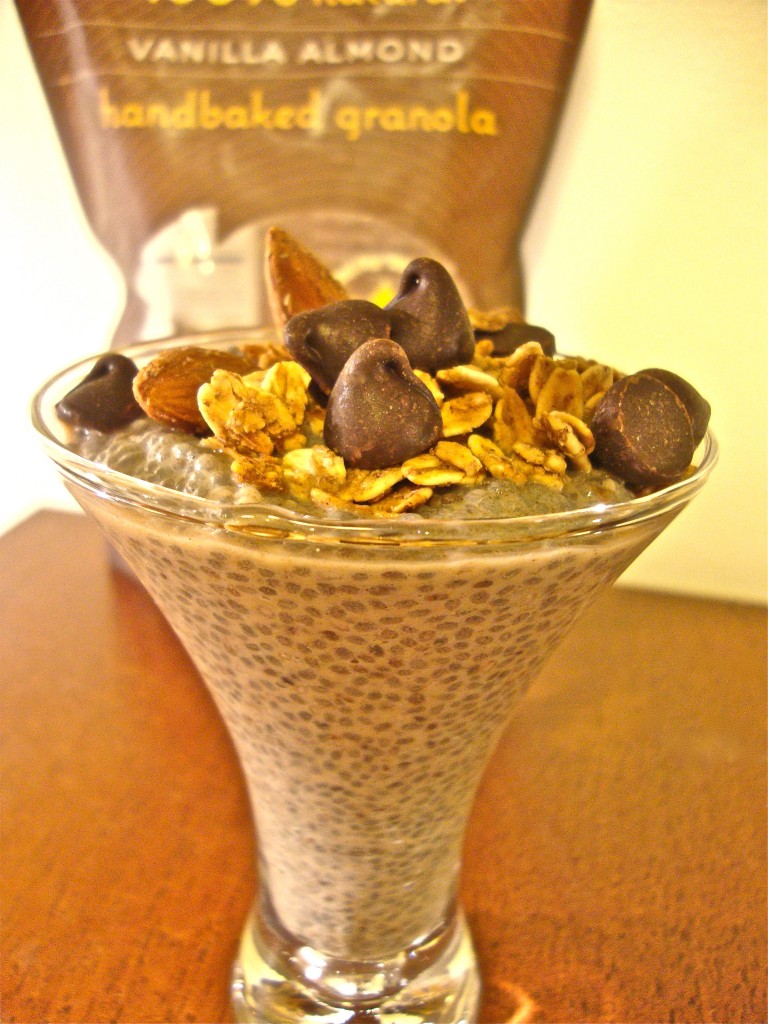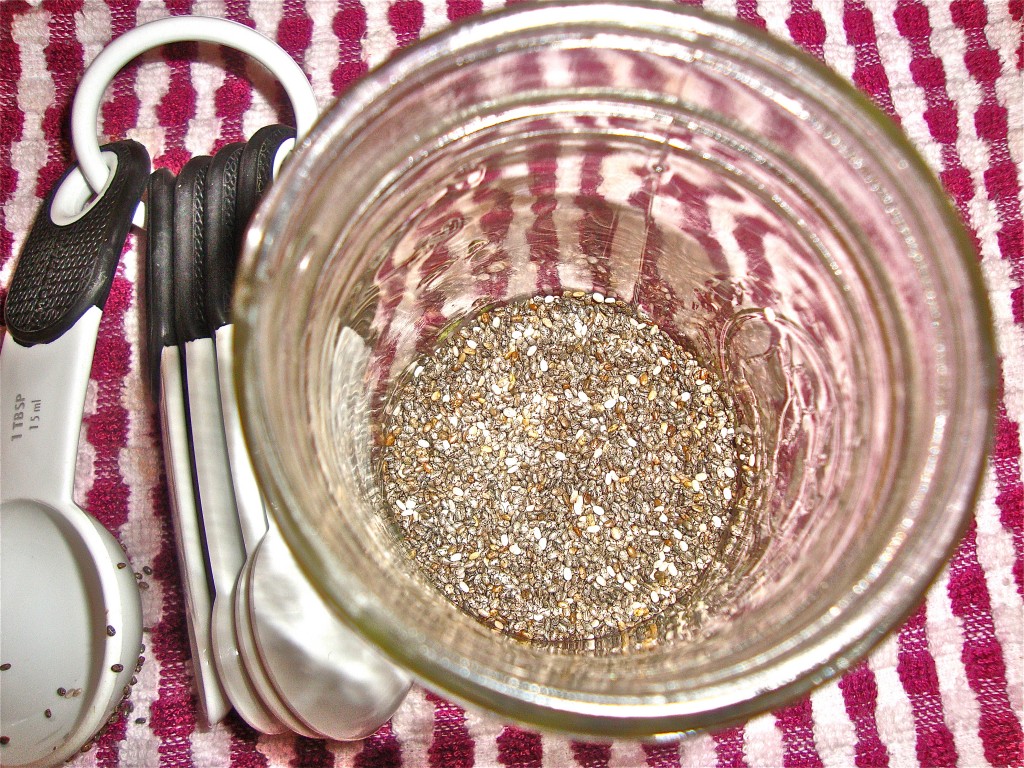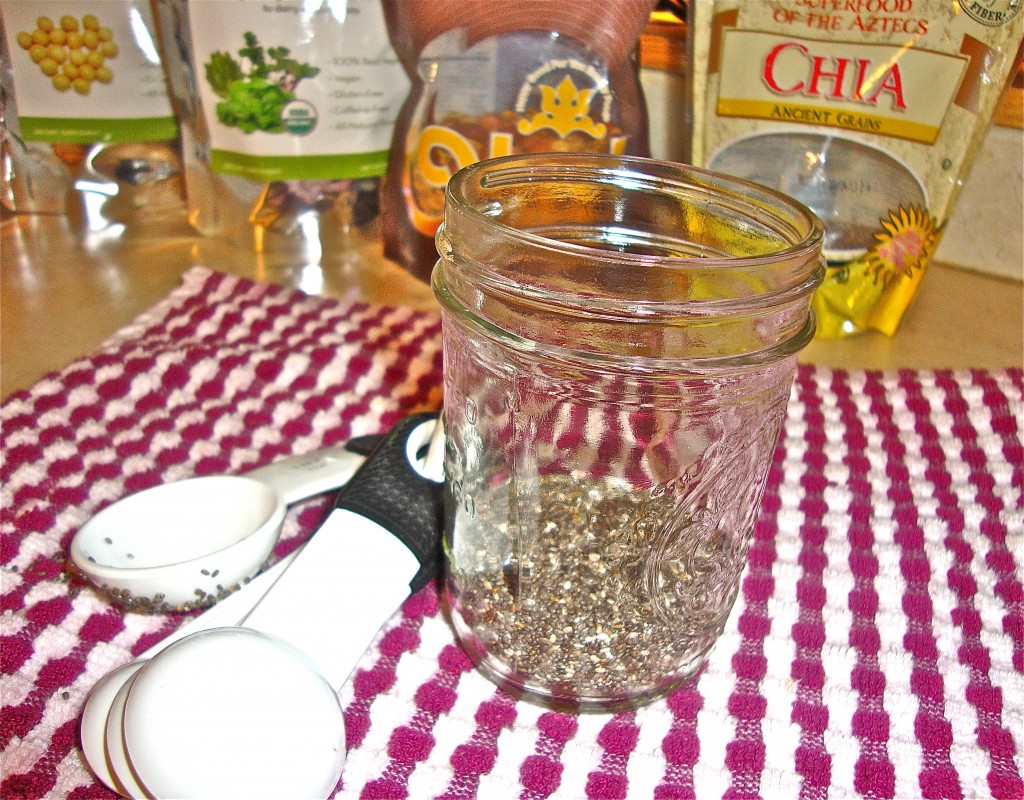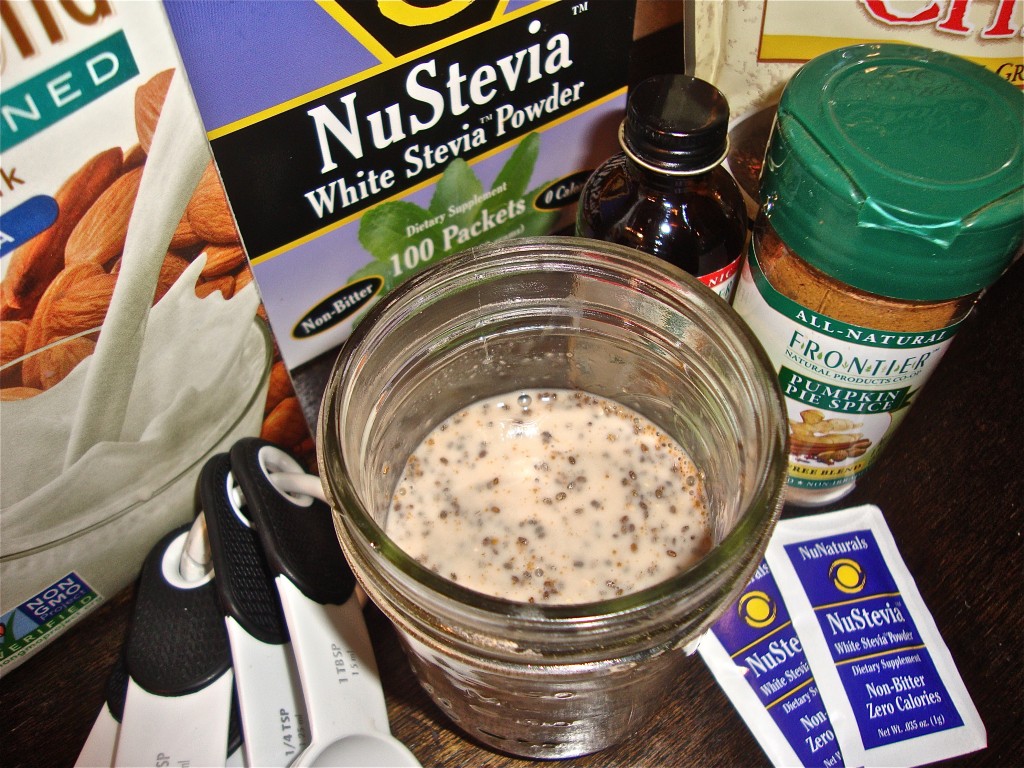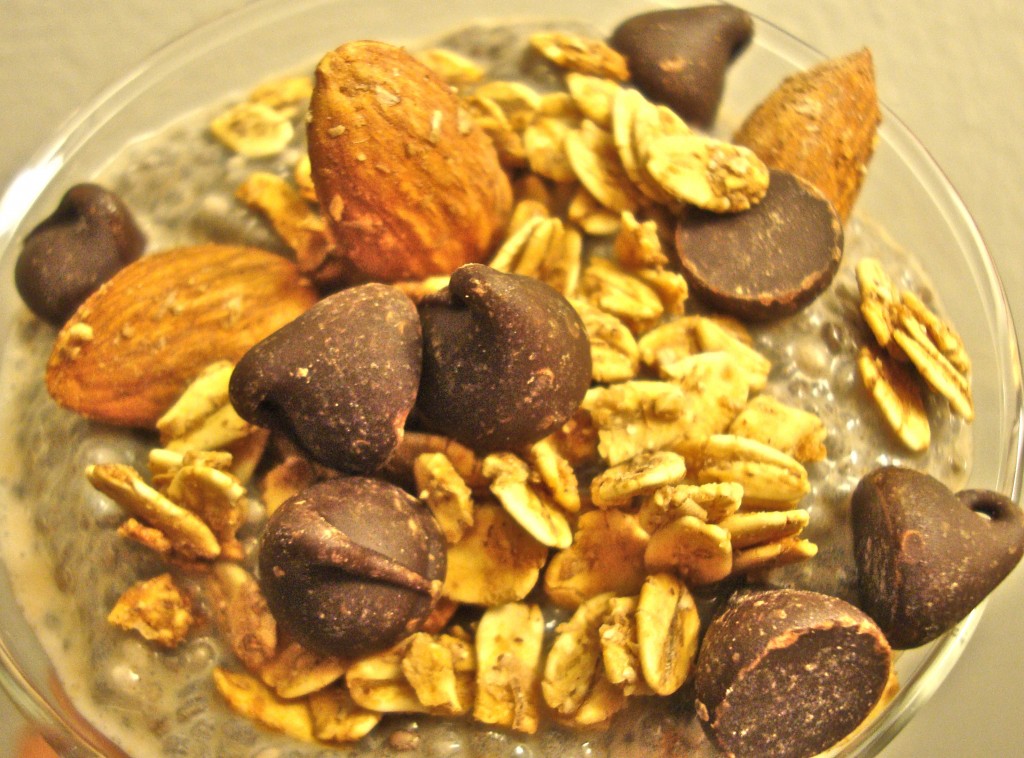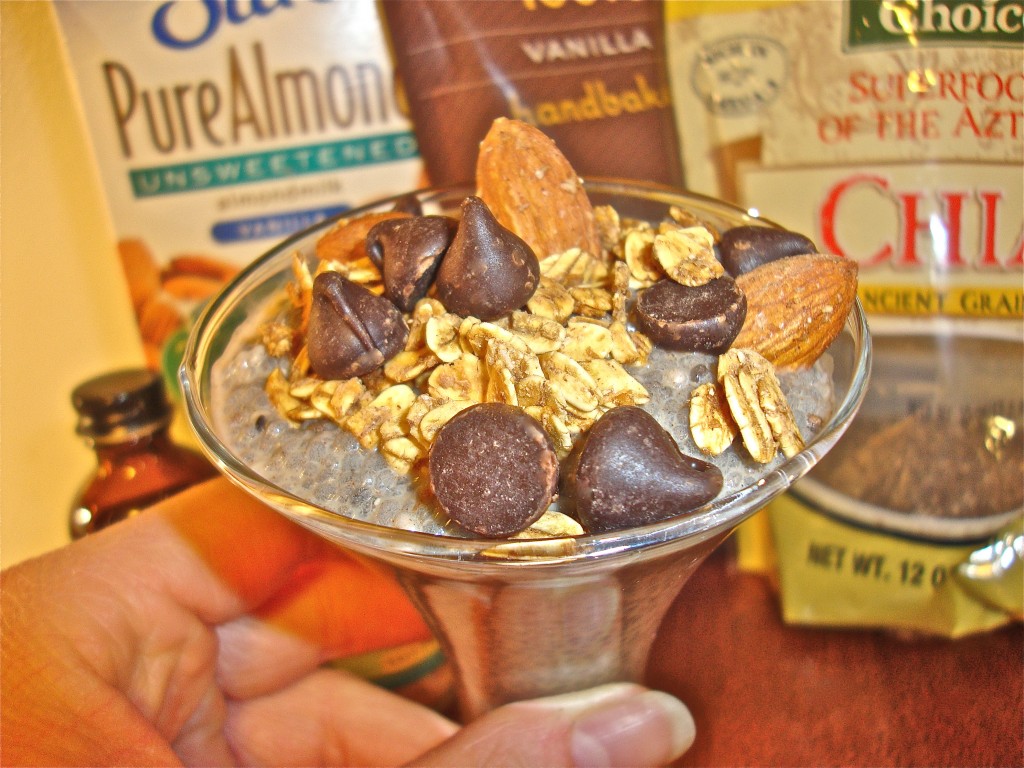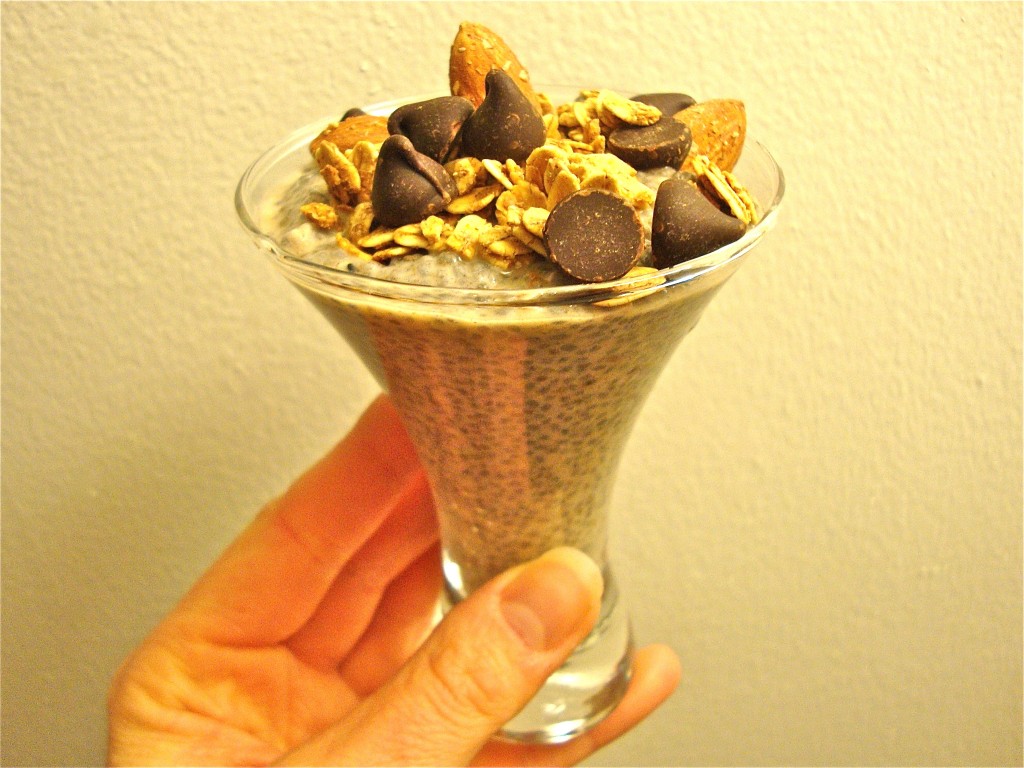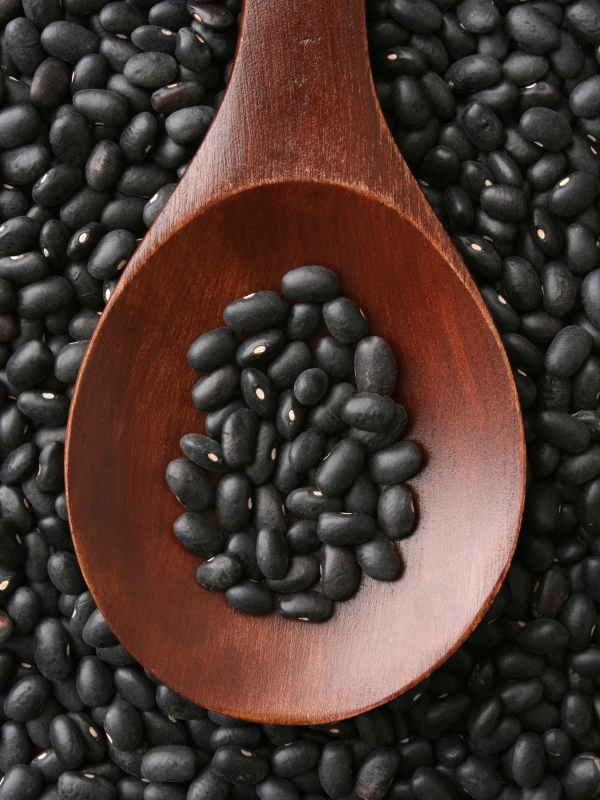.
.
Wake up with determination.
.
Go to bed with satisfaction.
.
I’ve always been a morning person. I was that girl who signed up for those dreaded 8:00 am classes in college and gladly took an internship which required me to get up at 4:30 am everyday during the summer and senior year (I worked for a morning show at a TV station and I LOVED every second of it).
Yes, Some may call me crazy.
But I prefer to call it dedicated ![]() .
.
Fast forward a few years later and I’m still exactly the same. I’m very particular about what time I get up in the morning and I even set my alarm on the weekend (I consider sleeping past 7:00 am late– for me at least!). I’m suppose this is because I’m super particular about how I like my day to pan out–i.e. I’d rather tackle my errands and responsibilities as early as possible so that I have more time to relax (and blog!) later in the day as opposed to rushing around trying to get things done before bedtime. It probably doesn’t surprise you, then, that I was also the girl who finished her papers/projects days before they were due. No all-nighters in the library for me! I know. SUCH a dork.
I find that the same level of particularity can be applied to workout schedules–people tend to be either morning workout warriors or late night sweat sesh gurus. Some people like to hit the gym after dark to work off the stress of the day while I love to get in a hardcore workout first thing in the morning (shocker, I know) because I believe it sets a healthy tone for the rest of my day.
The problem with this?
Breakfast.
During the week, I get up at 5:00 am and I’m at the gym by the time it opens at 5:30. The last thing I want to do that early in the morning is eat, but halfway through my morning spin class… I’m always absolutely starving. Ironically, however, breakfast is my absolute favorite meal. I find nothing more relaxing than waking up on a weekend, making a hot cup of tea, catching up on the news and preparing a healthy breakfast before I hit the gym. I’ve also noticed that when I eat a nice substantial meal… that’s when I get in my very best workouts. Still, during the week, it’s been difficult for me to make this happen.
If there’s one thing I know, it’s that people and breakfast are weird. For example, my boyfriend could be running 30 minutes late to work but he’ll still find a way to sit down to eat a bagel with cream cheese and leisurely drink two cups of coffee every. single. morning. Me on the other hand? I’ll spend the extra time doing my make-up, whipping up lunch, or ironing an outfit while I scarf down a handful trail mix and make a run for the bus. I also have a friend who prefers to eat an entire dinner and then go for a nice long run. The mere idea of running on a full stomach nauseates me, but it works for her. The real trick is finding what works (and feels) best for you. I clearly needed to find something that worked for me and my early morning workout routine, so that’s when I started brainstorming….
What can I eat first thing in the morning that’s easy on the stomach yet provides enough energy to power me through a workout?
Enter Chia Shots 
Now, if you’re a frequent reader of my blog you know exactly how I feel about the powerful little guys known as chia seeds (you can read all about them plus get a pretty delicious recipe in my post here). To make a long story short, they’re amazing! Don’t believe me? Just check out all of these fabulous health benefits they have to offer below:
- They deliver the max amount of nutrients with the least amount of calories.
- Chia seeds have 2x the protein of any seed or grain.
- They have 3x as much iron as spinach.
- Chia seeds increase stamina and energy over long periods of time (they are becoming a favorite among marathon runners!)
- They can aid in weight loss (chia seeds absorb up to 7x its weight, and expand to curb appetite/make you feel full).
- They are rich in alpha-linolenic acid, also known as ALA.
- Chia seeds can reduce overall cholesterol and increase good cholesterol (HDL)
- They are heart-healthy in that they have one of the most concentrated sources of Omega-3 than in any other food (even salmon).
- They also contain high amounts of Omega-6 (both Omega-3 fatty acids and Omega-6 fatty acids cannot be made internally and must be obtained through diet).
- They contain the essential minerals such as sodium, phosphorus, potassium (2x as much as bananas), manganese, and calcium (5x more than in milk!).
- They are FULL of antioxidants (3x as much as blueberries!).
- Chia seeds have 11 grams of dietary fiber in one ounce (the soluble fiber improves digestion and helps to reduce glycemic spikes)
- They do not need to be ground like flax seeds in order to reap their benefits.
- Chia seeds have a long shelf life and do not spoil as quickly as other seeds (like flax-seed).
- They soothe heartburn and calm the digestive system due to the gel-like substance they form when mixed with a liquid (this is especially helpful for people with IBS).
- Chia can relieve itchy skin (in oil form)
- They can help to balance blood sugar/prevent glucose spikes
Sounds like the perfect powerhouse food to me!
Now, I will be honest– chia seeds can take a little getting used to. When soaked in liquid, they expand up to 7x their weight and develop a gel-like coating. The consistency reminds me of tapioca pudding (I grew up eating tapioca and rice pudding, so it has never bothered me that much). Don’t worry, there are plenty of other ways to reap the benefits of chia seeds if you don’t love the texture in a pudding form (blended into a smoothie, sprinkled over a salad, mixed into my Weekend Workout Oatmeal–don’t worry, recipe to come!), but I urge you to give the soaked version a try– when you discover how great you feel after eating them you won’t be turning back ![]() . PLUS, the best part of all is that you can mix this recipe up the night before, toss it in the fridge, and voilà! It’s ready for you in the morning before you head to the gym.
. PLUS, the best part of all is that you can mix this recipe up the night before, toss it in the fridge, and voilà! It’s ready for you in the morning before you head to the gym.
Now you can have a quick and tasty-pre-workout snack that will power you through your gym sesh!
Pre-Workout Chia Shots
Ingredients:
- 2-3 tablespoons of chia seeds
- 1/3 cup of unsweetened almond milk (add more or less milk depending upon how thick you want the consistency of the chia shots– i.e. do you want to drink it or eat it with a spoon like a pudding)
- Slightly under 1/4 teaspoon of vanilla extract (or almond extract)
- 1/2 packet of stevia
- Cinnamon or pumpkin pie spice (to taste)
- Optional: Add in some powdered peanut butter or cocoa powder (to taste), raisins, a spoonful of granola, a few chocolate chips, a drizzle of 100% maple syrup, or a some slices of banana.
Directions:
- Measure out chia seeds in a small glass, mug or bowl.
- Pour almond milk over the chia seeds.
- Add stevia, your extract of choice, and any other fun surprises you might like. Mix well.
- Chill in the fridge overnight (just give the chia pudding a good stir before you eat it in the morning) or wait 10 minutes and mix well if you want to eat it right away.
- For an actual “chia shot,” pour chia pudding mixture into shot glasses and shoot em’ back! (Actual shot glasses are totally optional– feel free to use a spoon if you’d like
 ).
). - Follow these chia shots with a small, healthy breakfast post-gym and you’ve set the groundwork for a nice, healthy day!
- Note: Of course these shots can be eaten any time of the day for a healthy snack or even for some protein-rich post-workout fuel. And if you’re looking for a more substantial snack, breakfast, or a healthy dessert– simply double up the recipe for a bigger bowl of Chia Power Pudding.
So eat up early birds!
And never go hungry during a workout again.
Cheers to that! 
.
Healthfully Yours,
.
Ashley Michelle
.
.
.


